

Matt Campbell
2026 Hyundai Tucson Hybrid review
1 Hour Ago

Contributor
Volvo wants to sell its last petrol-powered car in Australia during 2025, as part of an ambitious plan aimed at making it one of Australia’s largest luxury brands.
The Chinese-owned, Swedish-headquartered brand has committed to selling only electric cars by 2030 worldwide, but Volvo Car Australia managing director Stephen Connor last week told media he thinks the brand’s local buyers will be ready before then.
“We’re not going to wait for 2030, we’re not going to wait for the global strategy to come out. I put a proposal to Gothenburg the other day, and we will be fully electric by 2026 in Australia,” Mr Connor said.
Although upstarts such as Tesla, BYD, and its corporate cousins at Polestar are already electric-only, Volvo plans to be the first brand to fully transition to pure-electric power in Australia having previously offered petrol, diesel, and plug-in hybrid options locally.
“If our product was available today, I would probably put our hands up. We could do it today. I think the consumer is ready for it, I really do,” Mr Connor said.
Here’s all the details about Volvo’s plans, what its range will look like come 2026, and why it thinks the time to move is now.
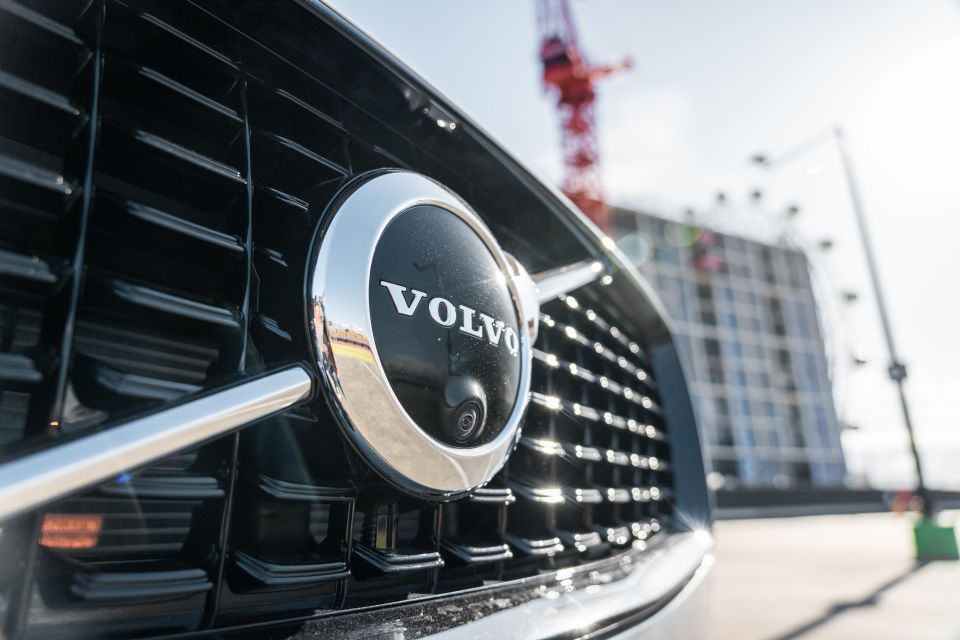
The current Volvo range features two electric vehicles: the XC40 Recharge Pure Electric, and the C40 Recharge Pure Electric. Both are compact-ish SUVs based on internal-combustion platforms.
Beyond those models, it offers petrol and plug-in hybrid versions of the:
“There won’t be any gaps” in the model range when the EV-only switch is flicked, Mr Connor confirmed.
“We’ll be still focusing on our core models which have made us famous, but you will see new models come [alongside the core models] – but they will be fully electric”.


Already we know the XC90 will be replaced by the EX90 SUV set to be revealed on November 9.
We also know an updated take on the current petrol and hybrid XC90 is coming to sit alongside the electric version in the global range, but it’s not guaranteed to come Down Under.
The XC40 is already available with electric power, meaning the XC60, S60, and V60 Cross Country are the three cars currently without a confirmed replacement. Of that trio, the XC60 is the most important for Volvo.
It’s the second-best seller in the range behind the XC40, and goes head-to-head with the BMW X3 and Mercedes-Benz GLC in one of the luxury market’s most competitive segments.

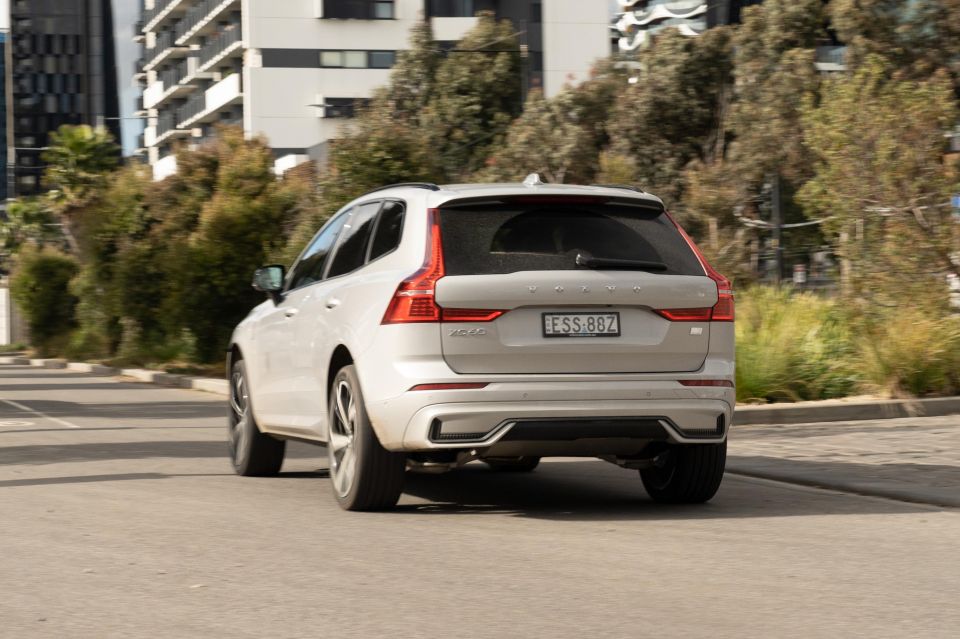
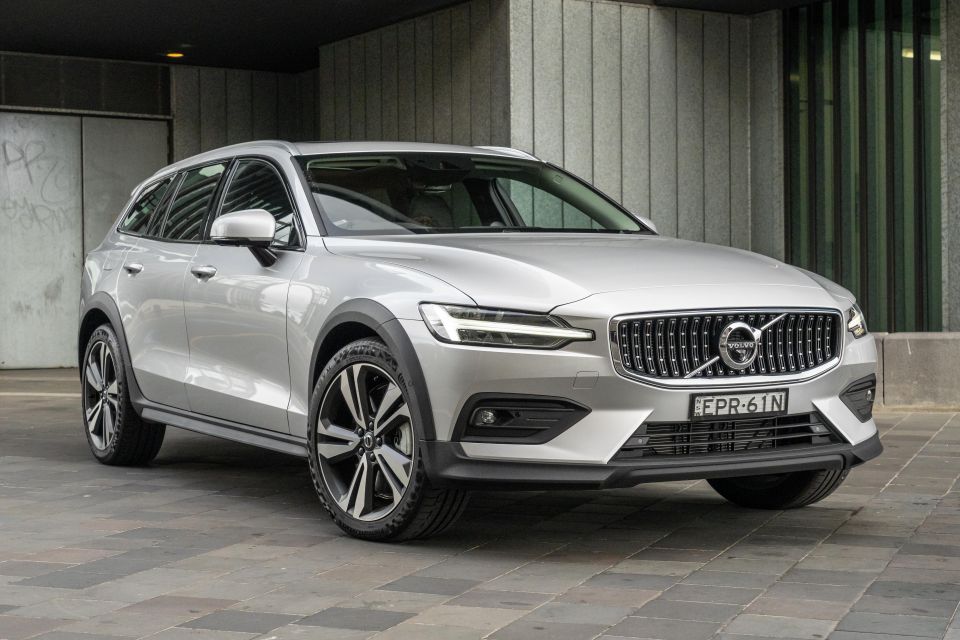
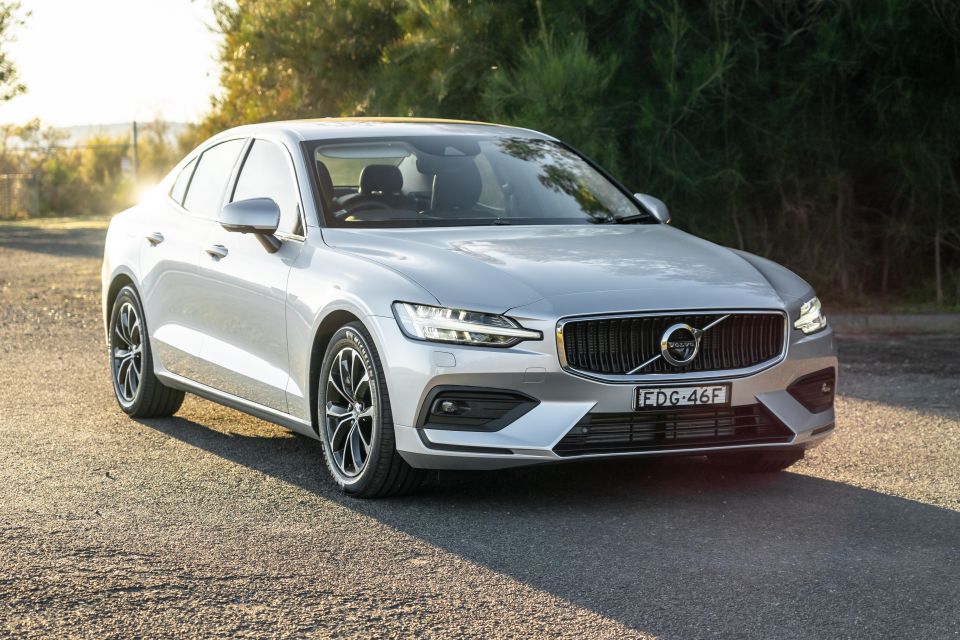
Mr Connor confirmed it will be replaced with an electric equivalent, but it will come close to the 2026 cutoff. By that point, the current petrol model – which may be updated between now and then – will be close to a decade old.
As for the S60 and V60? We don’t know what the future holds for them, given sedans and wagons are on the nose in most markets.
Volvo is planning to unveil a new electric-only model every year for the next five (inclusive of 2022). The EX90 is it for 2022, and we know the XC60 replacement will be another, but that leaves space for three other new cars.
What form they will take isn’t yet clear.
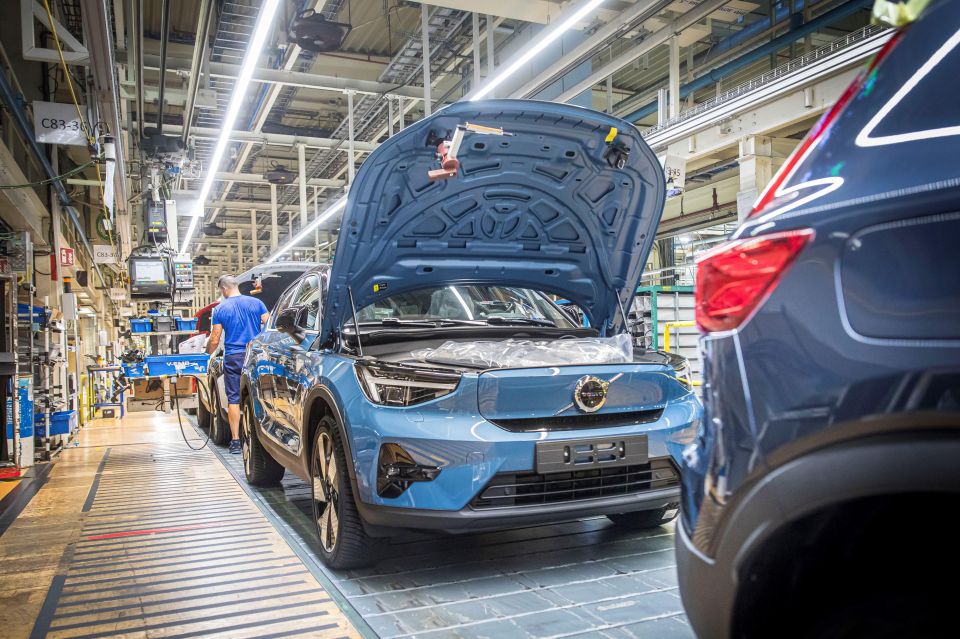
Relative to its rivals, Volvo is forecasting solid electric vehicle supply in 2023.
It expects to have 1550 examples of the C40 Recharge Pure Electric and 3450 examples of the XC40 Recharge Pure Electric land in Australia during 2023; enough that around 50 per cent of all XC40 sales will be electric.
Moving forward, however, 5000 electric cars won’t cut it. Currently, Recharge vehicles account for 30 per cent of Volvo sales in Australia. Come 2025 that’s expected to hit 80 per cent, with the final 20 per cent to tick over in 2026.
Volvo expects to sell around 12,500 cars in 2022, and wants to be delivering 20,000 per year by 2026.
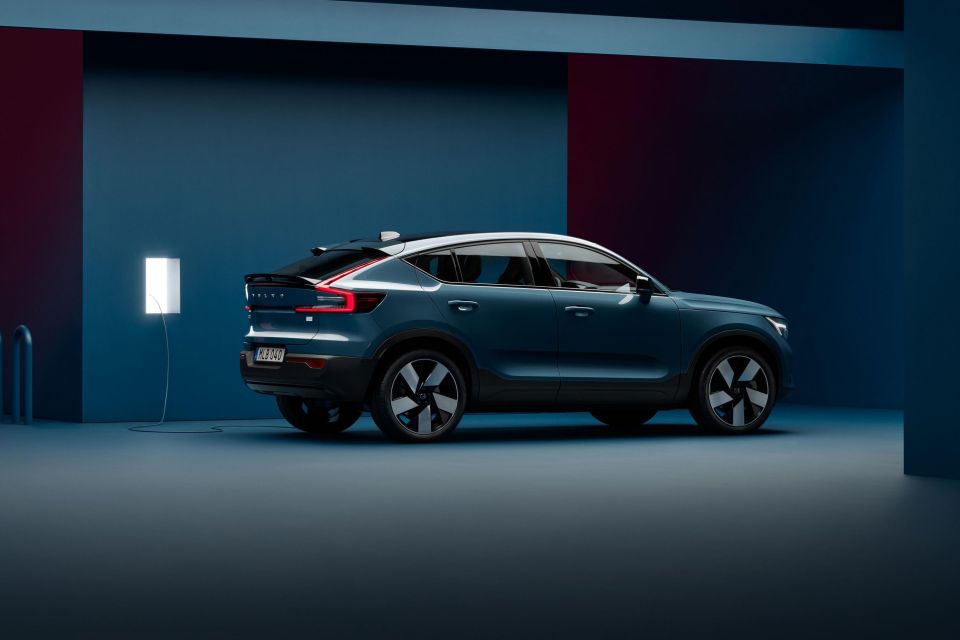
Mr Connor says Australia’s recent growth, combined with the benefits associated with sourcing cars from China, are both key factors in the plan to go EV-only.
The range sold in Australia is built at a factory in China, rather than in Sweden or Belgium as is the case with Volvos sold elsewhere in the world.
“If you get a car from Europe, it’s on a boat for six weeks at least,” Mr Connor said.
“We pay duty as well for cars coming from Europe, so there’s that issue. Unfortunately, whenever you pay duty someone’s got to pay for it somewhere, so the price of the car generally goes up because of duty,” he said.
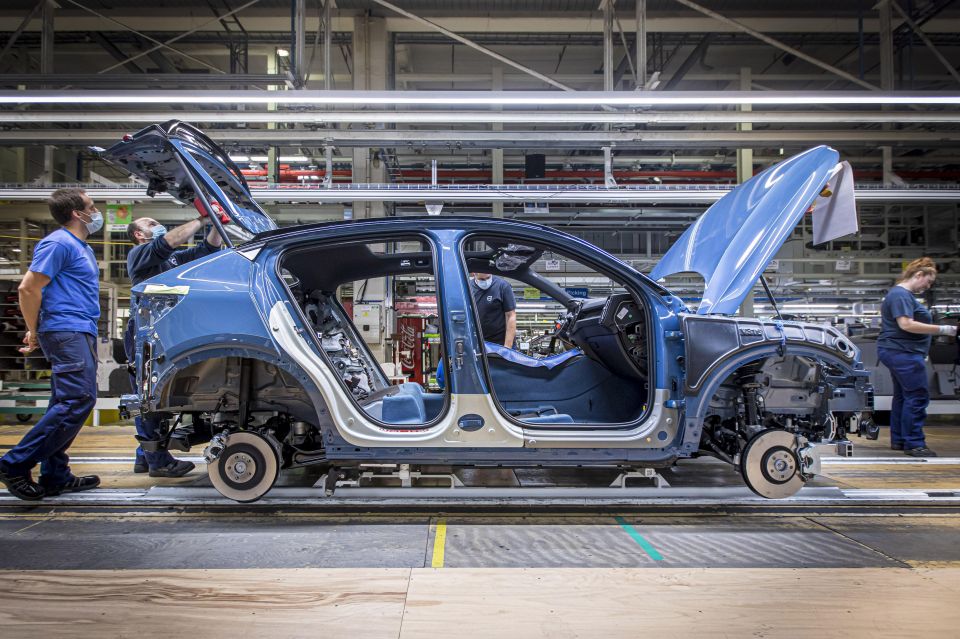
“The other thing is as well, we’ve got brand new factories that can pump out better cars and more cars from China.
“They’re brand new, they’re only three years old. Don’t get me wrong, Gothenburg is beautiful but it’s an old factory. Therefore the capacity of China is far greater than somewhere like Gothenburg,” he explained.
“Then you add in, China you can generally get the cars in two, two and a half weeks from production,” he said.
Australia’s recent sales growth has also played a role in helping Volvo secure more cars for our market. With a strong order bank, strong sales, and a confident plan for the future, the brand expects it will continue to be looked after by the factory and head office going forward.
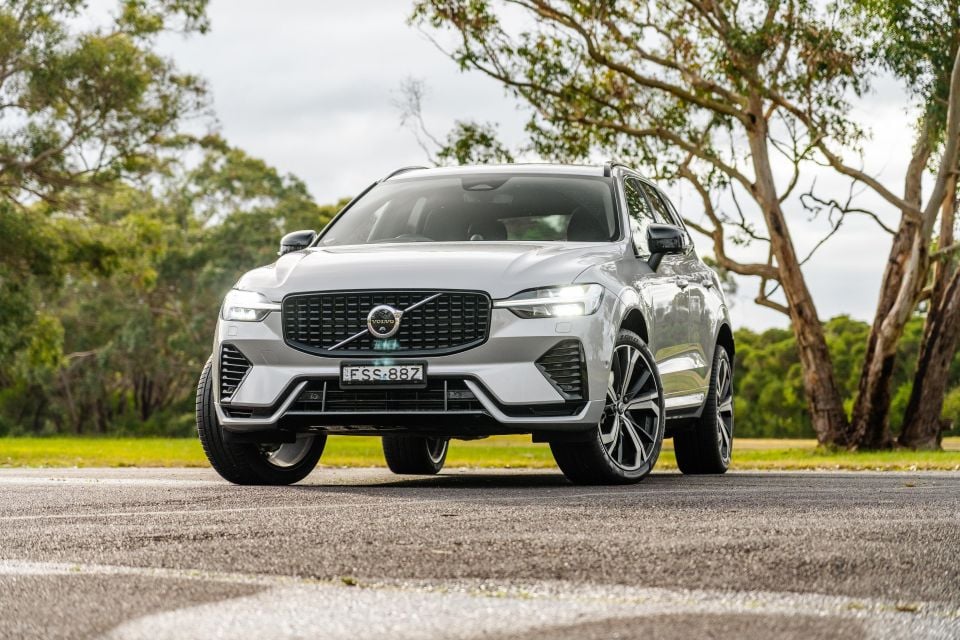
Volvo today told its dealers about the 2026 plan.
Mr Connor acknowledged there will be trepidation from some about the switch.
“Change is confronting at the best of time, it doesn’t matter who you are or where you’re from,” he said.
“They will be experiencing a level of discomfort because there is change afoot. One day they were great at selling ICE cars; diesel cars and everything else, now all of a sudden we’re going fully electric.
“But we’re only bringing it forward by four years, so they already knew the deadline date was there. Again, this pace of change is unbelievable, isn’t it? This pace of change is absolutely unbelievable.
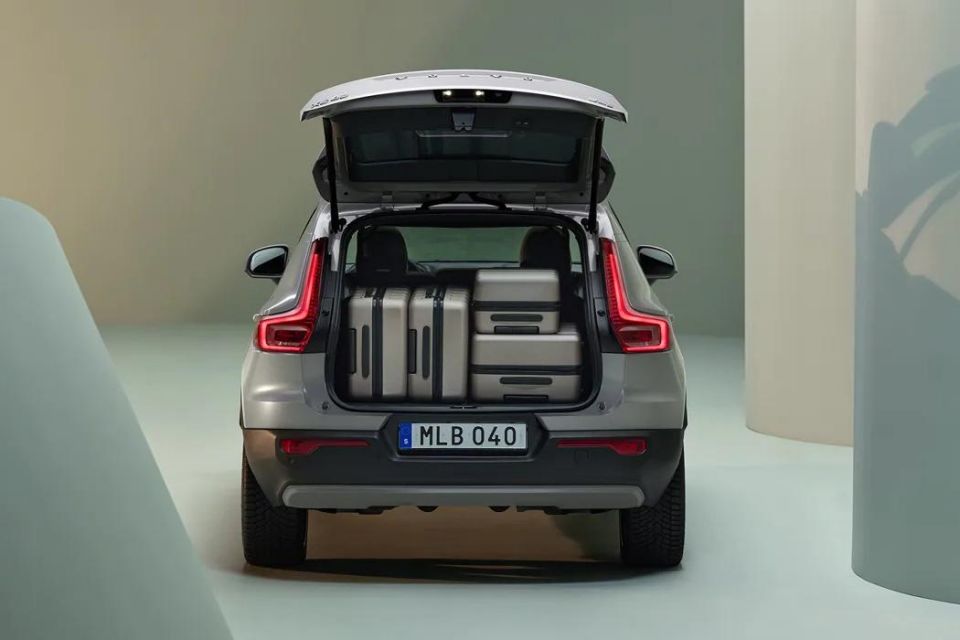
“We’re not saying to them ‘this stops your business model’. We’re not saying to them ‘you have to close your doors’. What we’re saying is ‘it’s a new world of working, let’s be bold’,” he said.
There will be changes to the brand’s physical dealer locations. Each will have fast charging capability by 2026, with a plan to ensure they also have amenities such as bathrooms, coffee machines, and warm places to wait for your vehicle to juice up.
The chargers will be free to use for Volvo owners, according to the plan laid out by Mr Connor.
Mr Connor also offered ongoing maintenance on internal-combustion vehicles, the potential for involvement in car-sharing or subscription-based services, and the benefits of potentially doubling sales volumes, as carrots for the dealer network to embrace the shift.
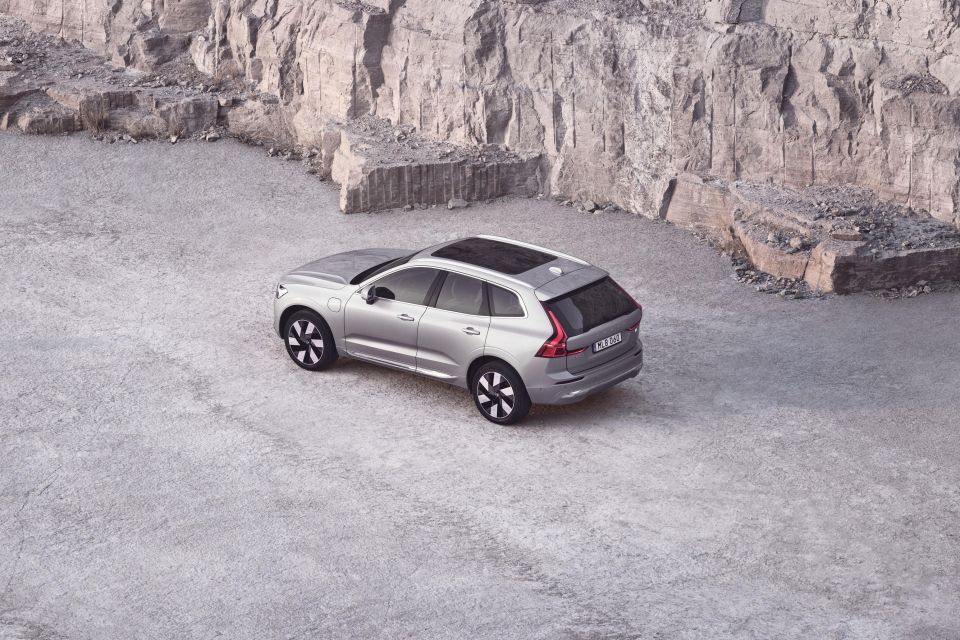
The short answer is yes.
“Inevitably when you come up with a strategy like this you will lose customers,” Mr Connor said.
“That’s okay, because maybe Volvo’s not right for them either. Maybe their time in life, stage, family, whatever it might be isn’t right for them. I don’t want to prove to everybody that Volvo is the right thing to do for everybody.”
For any customers Volvo loses, however, the brand is forecasting it’ll gain more with its plan to go all-electric – driven in part by the youngest members of most households.
“The decision making factors in the household aren’t mums and dads anymore, they’re actually the children going ‘you know mum, dad, I don’t want you to buy that car – I want you to buy this car, because they’re an authentic brand, and they live and breathe what they say they’re going to do’,” Mr Connor said.
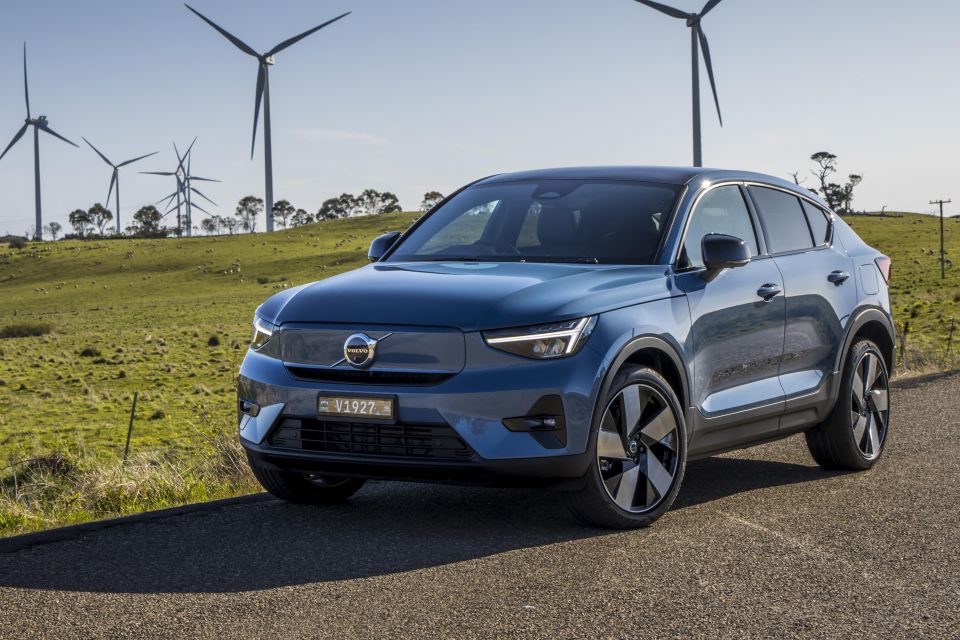
Mr Connor made no bones about the fact the shift to electric power will raise the price of entry to the Volvo brand.
Currently, the cheapest car in the range is the XC40 Plus B4 at $52,990 before on-road costs, while the range-topping XC40 is the Ultimate B5 Dark at $63,990 before on-roads.
The cheapest EV in the range is the XC40 Recharge Pure Electric (single motor) priced at $72,990 before on-roads.
According to its boss, Volvo sells vastly more high-end, high-specification versions of its cars than its does base-model strippers. That means the price gap for the average customer might not be as significant.

As for the promise of price parity? Mr Connor said we might not get there any time soon.
“What’s happening is; battery prices are coming down but our logistics costs are going up,” he said.
“Our parts supplies and other parts are going up. So what’s actually happening in this race is that technology, because we’re getting to a volume, is coming down – but we’re paying more money for freight, we’re paying more money for parts.
“So I don’t see prices coming down dramatically. I think if anything I see them being fairly consistent, and if anything they will continue to gradually increase.”
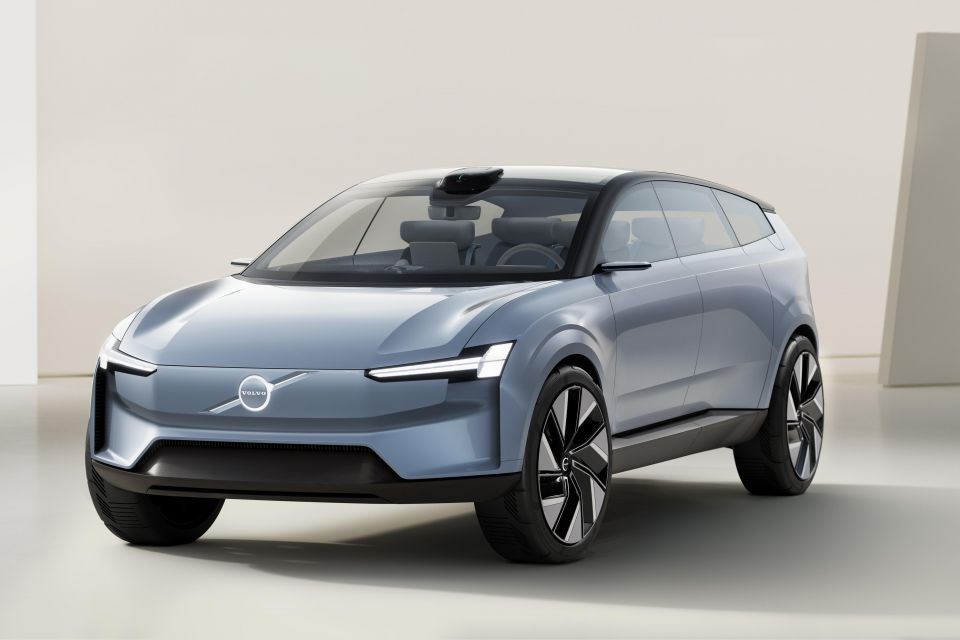
“I actually think the Australian consumer is ready for it, I think they’re ready for the change,” Mr Connor said.
“If you look at the facts, Tesla will sell over 20,000 cars this year. That fact in itself is telling you that people aren’t waiting for the government to come out with subsidies,” he said.
“I think people want to see the revolution,” he said.
Where expert car reviews meet expert car buying – CarExpert gives you trusted advice, personalised service and real savings on your next new car.
Scott Collie is an automotive journalist based in Melbourne, Australia. Scott studied journalism at RMIT University and, after a lifelong obsession with everything automotive, started covering the car industry shortly afterwards. He has a passion for travel, and is an avid Melbourne Demons supporter.


Matt Campbell
1 Hour Ago


Max Davies
17 Hours Ago


William Stopford
17 Hours Ago


Derek Fung
18 Hours Ago


Max Davies
1 Day Ago


William Stopford
2 Days Ago